Essential oils have been used for centuries for their therapeutic properties, aiding in relaxation, stress relief, and mood enhancement. In this step-by-step guide “How to blend essential oils for aromatherapy,” you will discover the fascinating art of blending oils to create customized scents that suit your needs. Did you know a single drop of peppermint oil is equivalent to 28 cups of peppermint tea? Join the journey of blending oils and unlock the power of aromatherapy to promote overall well-being!
Transform Your Wellness Routine with These Top Sellers
Gather Essential Oils and Supplies
- Select essential oils for various therapeutic benefits. Research their properties to find the right ones for your needs. Include oils like lavender for relaxation, peppermint for energy, and tea tree for cleansing. Be sure to have a mix of base, middle, and top notes to create balanced blends.
- Purchase carrier oils like jojoba, almond, or coconut to dilute the potent essential oils. Get amber or cobalt blue glass bottles to store your blends, as clear bottles can expose oils to light and air. Label each bottle with the blend name and date created for easy identification. Keep a notebook to jot down your recipes, oil combinations, and their effects for future reference.
Understand Scent Profiles
Explore:Begin by exploring the various scent families such as citrus, floral, woody, and oriental. Familiarize yourself with the distinct characteristics of each family. Take note of the scents in your collection that fall into these categories.
Create Balance:Experiment with blending scents from different families to create harmonious and balanced fragrance profiles. Start by combining scents from complementary families, such as pairing citrus with floral or woody notes. Adjust the ratios of each scent as needed to achieve the desired balance. Keep in mind that each family brings its unique qualities to the blend, so understanding these differences is key to crafting well-rounded and pleasing fragrances.
Create a Blend Recipe
Identify the goal of your essential oil blend. Choose whether you want it for relaxation, focus, or boosting immunity. For relaxation, consider using lavender and chamomile essential oils. To enhance focus, combine rosemary and peppermint oils. For boosting immunity, opt for eucalyptus and tea tree oils.
Select Complementary Essential Oils:Combine essential oils that work well together to achieve your desired effect. For relaxation, citrus scents like bergamot and sweet orange complement floral scents like lavender and geranium. For focus, try combining earthy scents like vetiver and patchouli with refreshing scents like lemon and peppermint. To boost immunity, pair tea tree oil with eucalyptus oil for a potent blend.
Remember that essential oil blends should be diluted with a carrier oil before use, and it’s important to do a patch test before applying them to larger areas of the skin. Experiment with different ratios of essential oils to tailor the blend to your preferences. Enjoy the process of creating a personalized blend that suits your needs and preferences.
Measure and Mix
Measure each essential oil using a dropper based on the quantities specified in your recipe. For instance, grab the tea tree oil bottle in your hand and slowly squeeze the dropper, immersing it into the bottle to draw out 10 drops of oil. Then, move on to the lavender oil, repeating the process but this time for just three drops. After gathering all the necessary oils, open your glass bottle and carefully deliver all the oils into it, ensuring each precious drop gracefully falls into the container. Once all oils are added, close the bottle tightly to prevent any precious liquid from escaping.
In conclusion, gently swirl the bottle after mixing to ensure all ingredients are thoroughly combined. Without vigorous shaking, softly move the collection side-to-side and around in circles to blend the oils. Remember, a gentle swirl ensures proper integration without sparking an oil spilling fiasco! Now you’ve successfully measured and mixed your essential oils according to your recipe.
Test and Adjust
- Apply a small amount of the blend on your skin or use a diffuser to test the scent and effects. Start by choosing a tiny amount and gently rub it onto a small patch of skin on your forearm. Don’t forget to wait for a few minutes after application.
- Adjust the proportions if needed until you achieve the desired aroma. Smell the scent and pay attention to any sensations or changes. If the aroma is overpowering, dilute the blend with a carrier oil or water. Keep tweaking the amounts of each essential oil until you reach the perfect balance.
Remember, testing and adjusting is an essential part of creating a custom aroma blend that suits your preferences and needs. Take your time, experiment with different blends, and trust your senses to guide you in achieving a scent that brings you joy and relaxation. By following these steps, you can create a unique and personalized blend that enhances your well-being and surroundings.
Summing up the Scent-sational Journey
In conclusion, mastering the art of blending essential oils is essential for creating powerful aromatherapy mixes. By embracing proper techniques, you can craft personalized scents that not only uplift your mood but also promote overall well-being. Experiment, explore, and tailor your blends to experience the transformative benefits of aromatherapy in your daily life. Let your imagination and senses guide you on this aromatic journey towards balance and harmony.
Essential Blending Essentials
Masterful Oil Blending Tips
Unlock the Power of Essential Oils: How to Use Them for Maximum Benefit
- Start by choosing one or two essential oils that you’re drawn to, such as lavender for calming effects or peppermint for headaches
- Dilute essential oils before using them on the skin by mixing a few drops with a carrier oil like coconut or almond oil
- You can use essential oils in a diffuser to fill your space with pleasant scents and potential health benefits
- Be cautious of using essential oils internally unless under the guidance of a qualified practitioner, as they are highly concentrated
Essential Oils FAQs: Get Answers Here!
What are some popular essential oils and their unique applications or benefits?
There are several popular essential oils with diverse applications and benefits. Here are a few examples:
- Lavender oil: Known for its relaxing and calming properties, lavender oil is often used to promote peaceful sleep and reduce stress and anxiety.
- Tea tree oil: This powerful antibacterial and antifungal oil is commonly used for skincare, helping to treat acne, soothe irritation, and combat dandruff.
- Peppermint oil: With its invigorating scent, peppermint oil is great for alleviating headaches, improving focus, and relieving muscle pain and tension.
- Eucalyptus oil: Widely recognized for its ability to support respiratory health, eucalyptus oil is often used in aromatherapy to clear congestion and ease breathing.
- Lemon oil: Ideal for adding a fresh, clean scent to any space, lemon oil is also popular for its uplifting and energizing effects, as well as its antiseptic properties.
Can essential oils be ingested or applied topically, and if so, how?
Yes, essential oils can be ingested or applied topically, but it is important to do so carefully and after consulting with a healthcare professional or a qualified aromatherapist. When ingesting essential oils, it is crucial to dilute them in a carrier oil or water, and follow proper dosage guidelines. Topical application of essential oils usually involves diluting them in a carrier oil such as coconut or jojoba oil before applying to the skin. Always perform a patch test before widespread use to check for any adverse reactions and stop use immediately if you experience any irritation or discomfort.
Are there specific essential oils that are particularly effective for stress relief or relaxation?
Yes, there are several essential oils known for their stress-relieving and relaxation-promoting properties. Some popular ones include:
-Lavender: Known for its calming and soothing scent, lavender essential oil can help reduce anxiety and promote relaxation.
-Chamomile: Chamomile essential oil is often used to promote relaxation and combat insomnia.
-Ylang Ylang: This floral essential oil is commonly used to reduce stress and promote a sense of wellbeing.
-Bergamot: Known for its citrusy and uplifting scent, bergamot essential oil can help reduce stress and anxiety.
It’s essential to use essential oils safely and consult with a healthcare professional if you have any health conditions or concerns.
Can essential oils be safely combined or used in conjunction with other beauty or health products?
Yes, essential oils can generally be safely combined or used in conjunction with other beauty or health products, but it is important to exercise caution and do proper research. Some essential oils may interact with certain medications or skin care products, so it is advisable to speak with a healthcare professional or a qualified aromatherapist before combining them. It is also recommended to perform a patch test to check for any allergic reactions before using an essential oil with other products. Overall, using essential oils in combination with other products can be safe and beneficial, but it is essential to do so in a responsible and informed manner.
Are there any ongoing research or studies on the medicinal properties or uses of essential oils that should be noted?
Yes, there are ongoing research and studies on the medicinal properties and uses of essential oils that should be noted. Scientists and researchers around the world are continually investigating the potential health benefits and applications of essential oils. These studies often examine how essential oils can help in managing various conditions such as stress, anxiety, inflammation, and more.
Furthermore, research also focuses on the antimicrobial, antioxidant, and anti-inflammatory properties of essential oils, exploring their potential in treatments for ailments from respiratory issues to skin conditions. Several clinical trials and experiments are being conducted to better understand the effectiveness and safety of using essential oils for medicinal purposes.
Keeping abreast of these ongoing studies can provide valuable insights into the potential benefits and risks associated with using essential oils for health and wellness. Therefore, it is crucial to stay updated on the latest research findings to make informed decisions about incorporating essential oils into one’s healthcare routine.










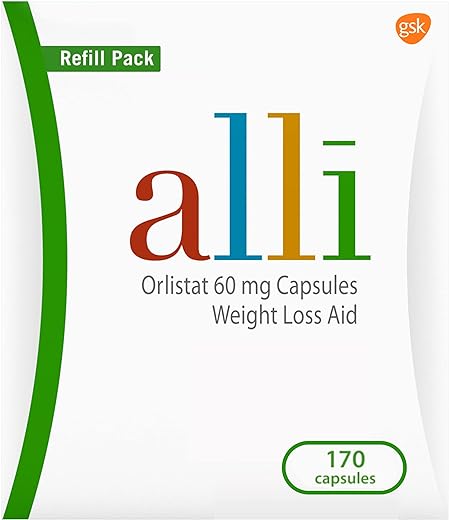

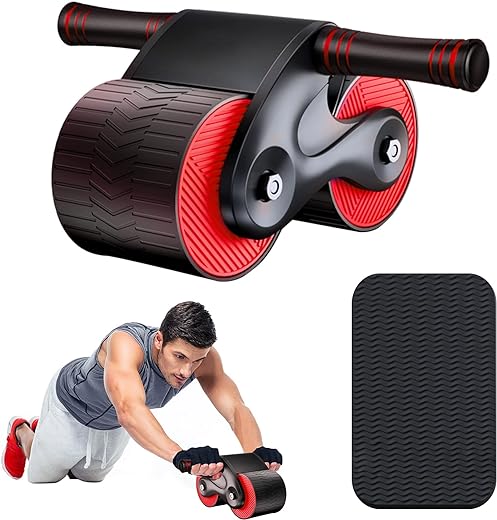
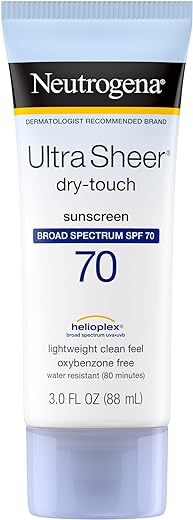

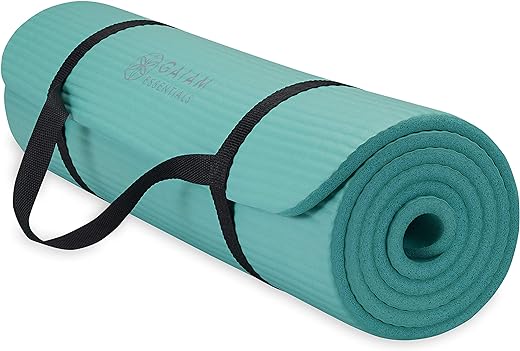
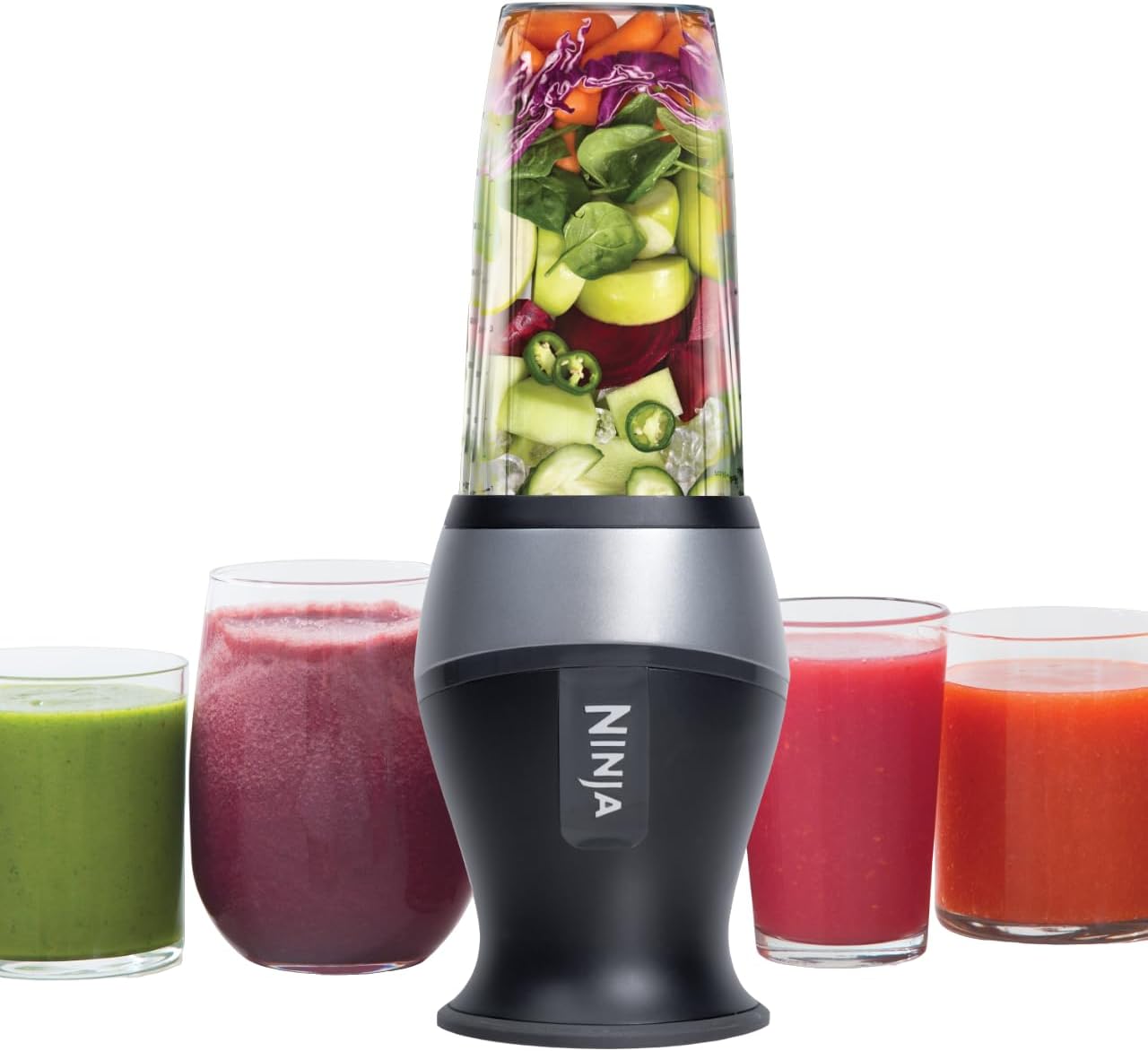

Would it be possible to include a section on safety precautions when blending essential oils? It would be helpful to know about any potential risks or sensitivities to watch out for.
Including a section on safety precautions is a great idea. Essential oils are potent substances, and it’s important to be aware of potential skin sensitivities, interactions with medications, and proper dilution ratios for safe use.
I never knew there were so many factors to consider when blending essential oils! I wonder if the order of adding the oils affects the final scent profile. Has anyone experimented with that?
I’m intrigued by the idea of using essential oils for aromatherapy. Can you recommend any books or resources for further reading on this topic?
Thanks for this detailed guide! I’ve been experimenting with blends for relaxation and focus. One tip I found helpful is to start with a base note and then build up with middle and top notes. Have you tried any specific blends that worked well?
Thank you for your positive feedback! Starting with a base note and layering middle and top notes is a great approach. Experimenting with different blends is key to finding what works best for you.
I find that using a dropper bottle for measuring the oils helps to be more precise and avoid spillage. Do you have any recommendations for where to get quality essential oils?
Could you provide more information on the best storage practices for blended essential oils? I want to make sure they retain their potency and aroma over time.
Storing blended essential oils in amber glass bottles away from direct sunlight and heat can help preserve their quality. Additionally, labeling the bottles with the ingredients and date can be useful for tracking freshness.